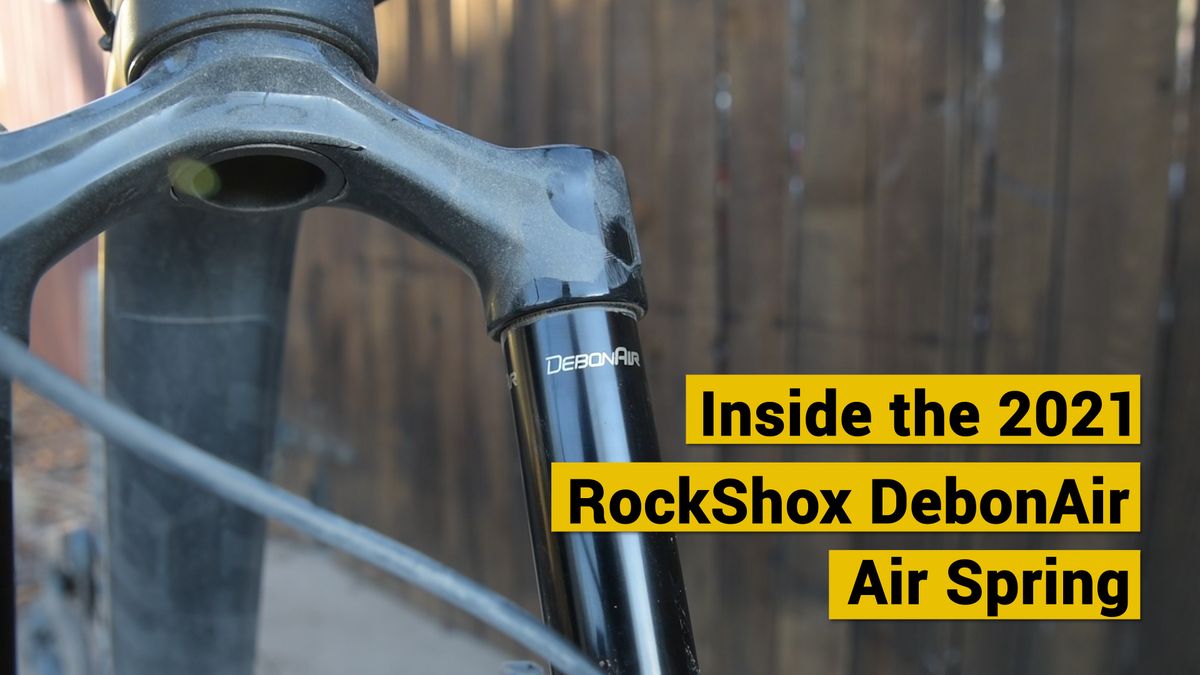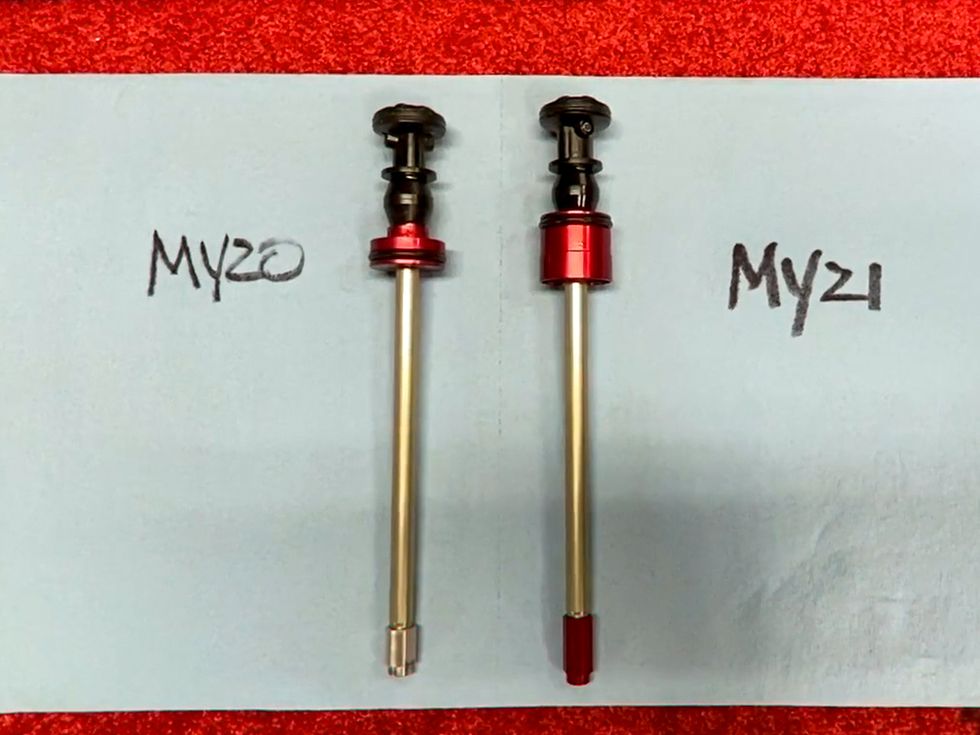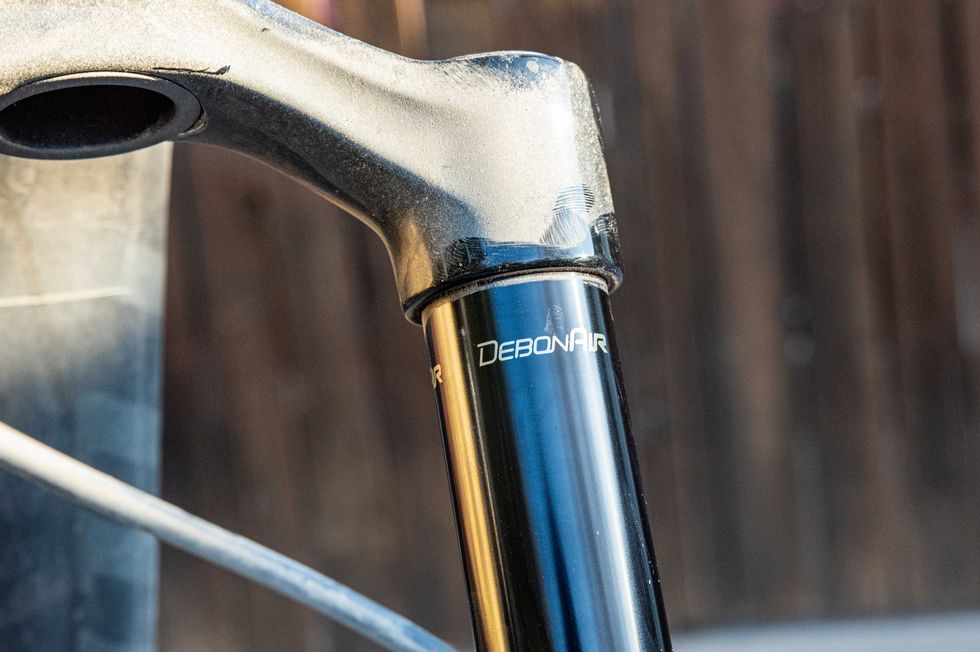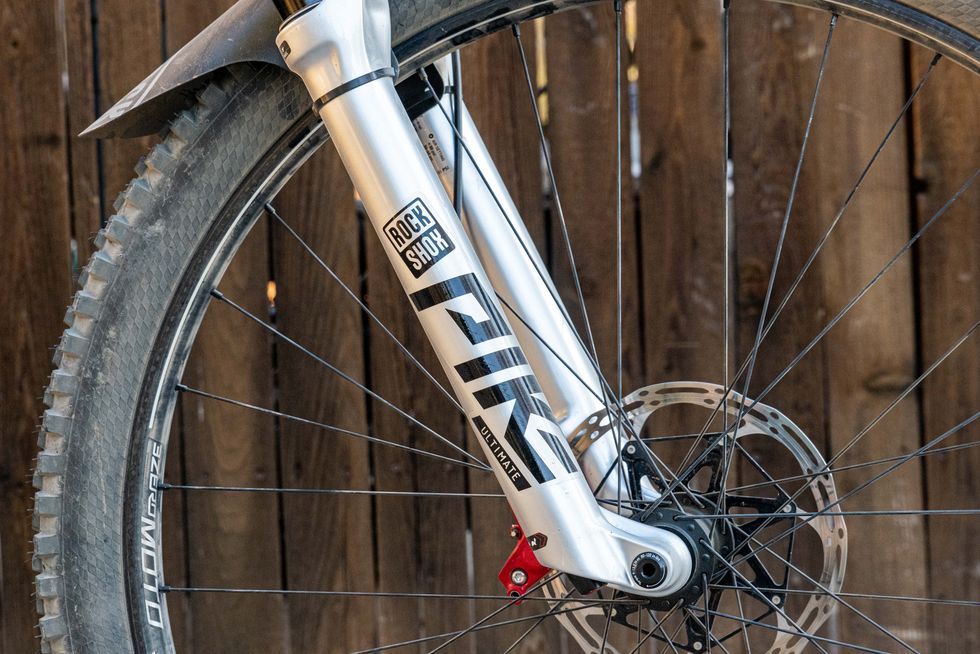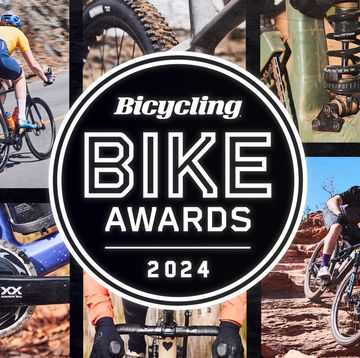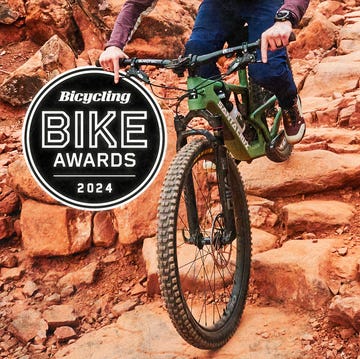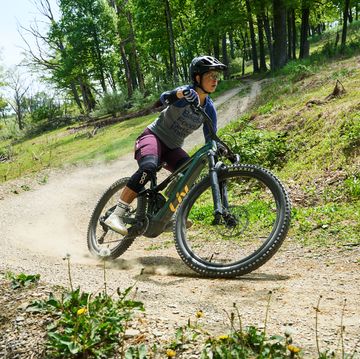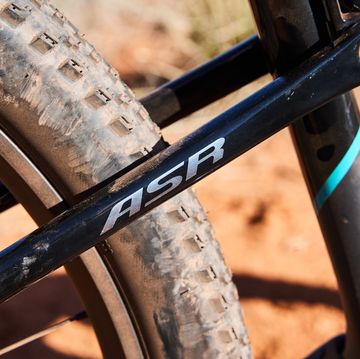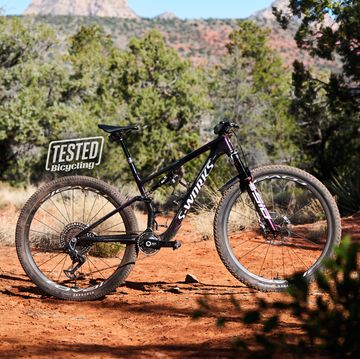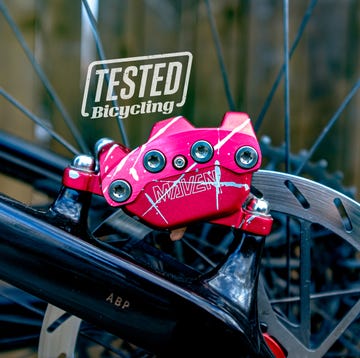Following up on the roll-out of the all-new SID, RockShox has a smaller, but very notable update to its Pike, Lyrik, Revelation, and Yari forks.
This update affects the air spring. It changes the spring rate in the initial part of the travel to provide a bit more support, so the fork rides higher in its travel. It’s a small update, but according to RockShox product manager Jon Cancellier, it provides, “That little bit of confidence. That little bit of extra security as you’re riding into something rough. You know your fork is going to stay high, it has plenty of travel available to you when you need it.”
DebonAir forks have a self-equalizing air spring. At a specific point in the fork’s travel, the air piston passes by a dimple in the upper tube that opens a pathway between the positive and negative air chambers, allowing the pressure in the two chambers to equalize.
Previously, that equalization point was a few millimeters into the fork's travel. The 2021 update moves that point up so the chambers equalize when the fork is at rest.
In addition to moving the equalization point, there's also a small reduction in the spring's positive air volume, and an increase in the volume of air captured in the spring side’s lower-leg.
According to Cancellier, there's no affect on small bump compliance as it is, “Still all based on positive/negative air volumes.” Cancellier also stressed that he feels the fork isn't firmer in the initial part of the travel, but rather, "More accurate. We have better control of the spring rate from full top out now versus before.”
This change doesn’t alter your sag settings—if you ran 20-percent sag before, you still do.
The backstory on this change is RockShox found that many riders were running higher than recommended air pressures to improve initial support. While this had the desired effect, it also made it harder to use a fork’s full travel. It also clears up another issue, “With previous generation air springs, there would have been a small but noticeable downwards spike in the spring curve where the air changes across the dimple,” the company said. Moving the equalization point to the top of the forks’ travel eliminates this mid-travel spike.
I’ve been on a 150mm Pike Ultimate with the revised spring for a few weeks now. The change is subtle, and not enough to make a 2021 Pike feel like a completely different fork than a 2020 Pike. The revised spring feels firmer and a touch less compliant, but not less sensitive or harsher. I’d characterize it as more sporty, less luxe. I also think the revised spring gives the fork a slightly more poppy feel.
This update applies to all 2021 Pike, Lyrik, Yari, and Revelation forks with DebonAir. If you’re not in the market for a 2021 fork, you can upgrade many RockShox forks from previous model years to the new spring. RockShox offers two kits: a complete air spring assembly ($42), and a seal head and foot nut kit ($25).
Upgrading an existing fork requires dropping the lowers, but is a relatively simple job. Well, simple compared to a lot of suspension work anyway. If you decide to take a swing at it, make sure you have lower-leg bath oil and seal grease at the ready.

A gear editor for his entire career, Matt’s journey to becoming a leading cycling tech journalist started in 1995, and he’s been at it ever since; likely riding more cycling equipment than anyone on the planet along the way. Previous to his time with Bicycling, Matt worked in bike shops as a service manager, mechanic, and sales person. Based in Durango, Colorado, he enjoys riding and testing any and all kinds of bikes, so you’re just as likely to see him on a road bike dressed in Lycra at a Tuesday night worlds ride as you are to find him dressed in a full face helmet and pads riding a bike park on an enduro bike. He doesn’t race often, but he’s game for anything; having entered road races, criteriums, trials competitions, dual slalom, downhill races, enduros, stage races, short track, time trials, and gran fondos. Next up on his to-do list: a multi day bikepacking trip, and an e-bike race.


